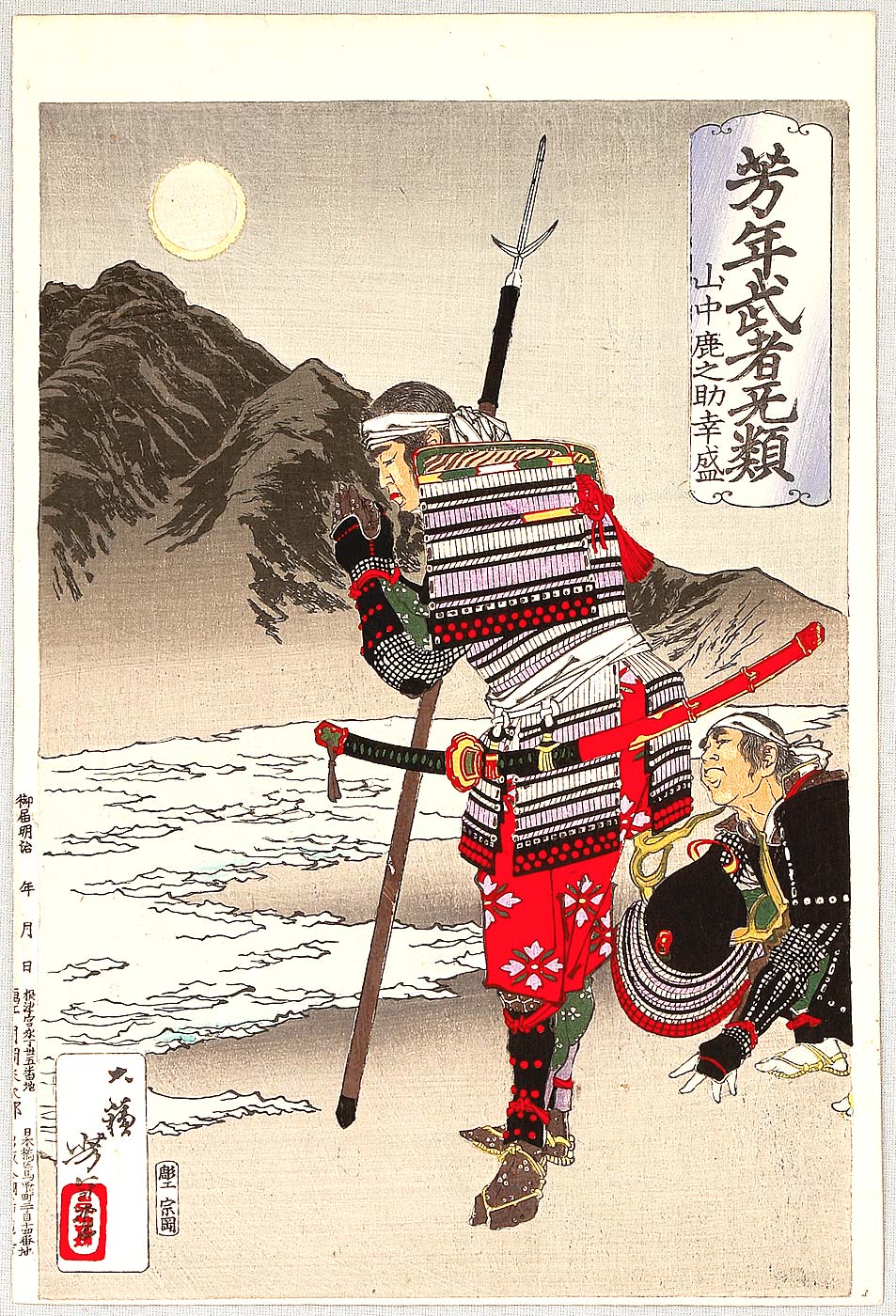
Tsukioka Yoshitoshi Loyal Samurai Yoshitoshi Musha Burui Artelino Ukiyoe Search
Ukiyo-e (literally "pictures of the floating world") is the name given to paintings and prints primarily depicting the transitory world of the licensed pleasure quarters (Yoshiwara), the theater and pleasure quarters of Edo, present-day Tokyo, Japan. It is a composite term of uki (floating), yo (world), and e (pictures).
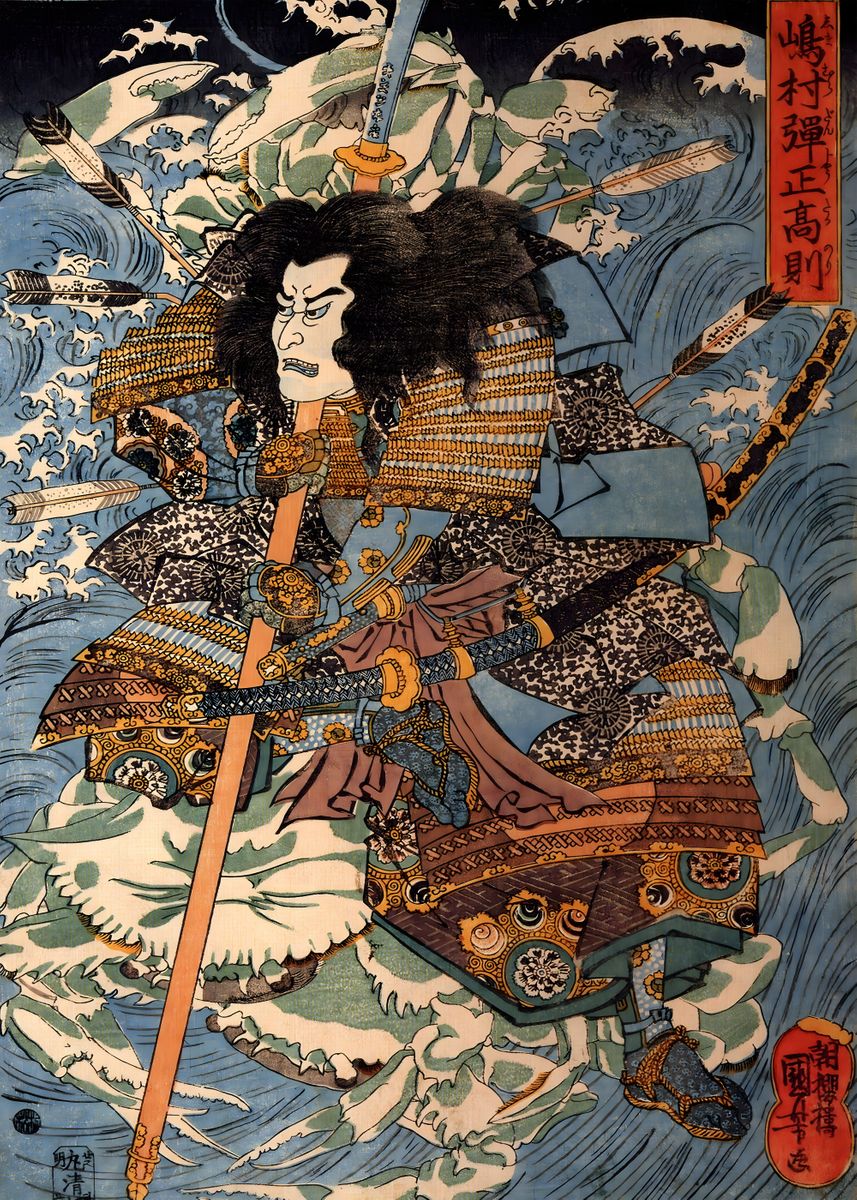
'Ukiyo e Samurai Swordsman' Poster by kagezami Displate
ukiyo-e, (Japanese: "pictures of the floating world") one of the most important genres of art of the Tokugawa period (1603-1867) in Japan. The style is a mixture of the realistic narrative of the emaki ("picture scrolls") produced in the Kamakura period and the mature decorative style of the Momoyama and Tokugawa periods.

Samurai, 19th century, ukiyoe art print from the Kabuki theatre... News Photo Getty Images
Toyokuni's studio was then the largest and most influential of the ukiyo-e school. [3]. but were likely admired by samurai as well. [5] During the Edo period, cultural censorship campaigns limited what artists were permitted to depict. Among the banned subjects were kabuki actors and courtesans. In response, Kuniyoshi created satirical.
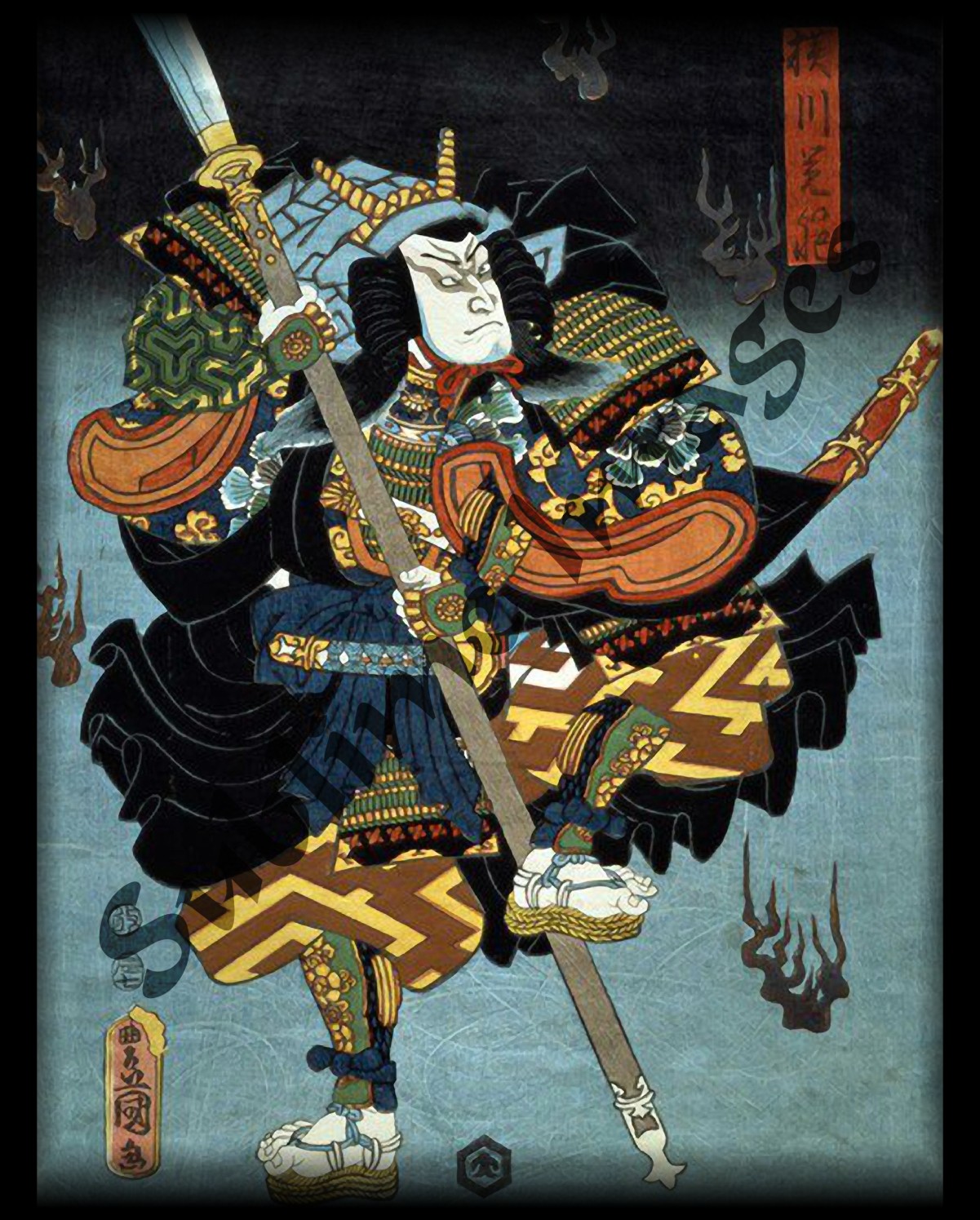
JP001 Japanese Prints (Ukiyoe) Reproduction Ceramic Tiles Sublime Images
Utagawa Kuniyoshi (歌川 國芳, January 1, 1798 [1] - April 14, 1861) was one of the last great masters of the Japanese ukiyo-e style of woodblock prints and painting. He was a member of the Utagawa school. The range of Kuniyoshi's subjects included many genres: landscapes, beautiful women, Kabuki actors, cats, and mythical animals.
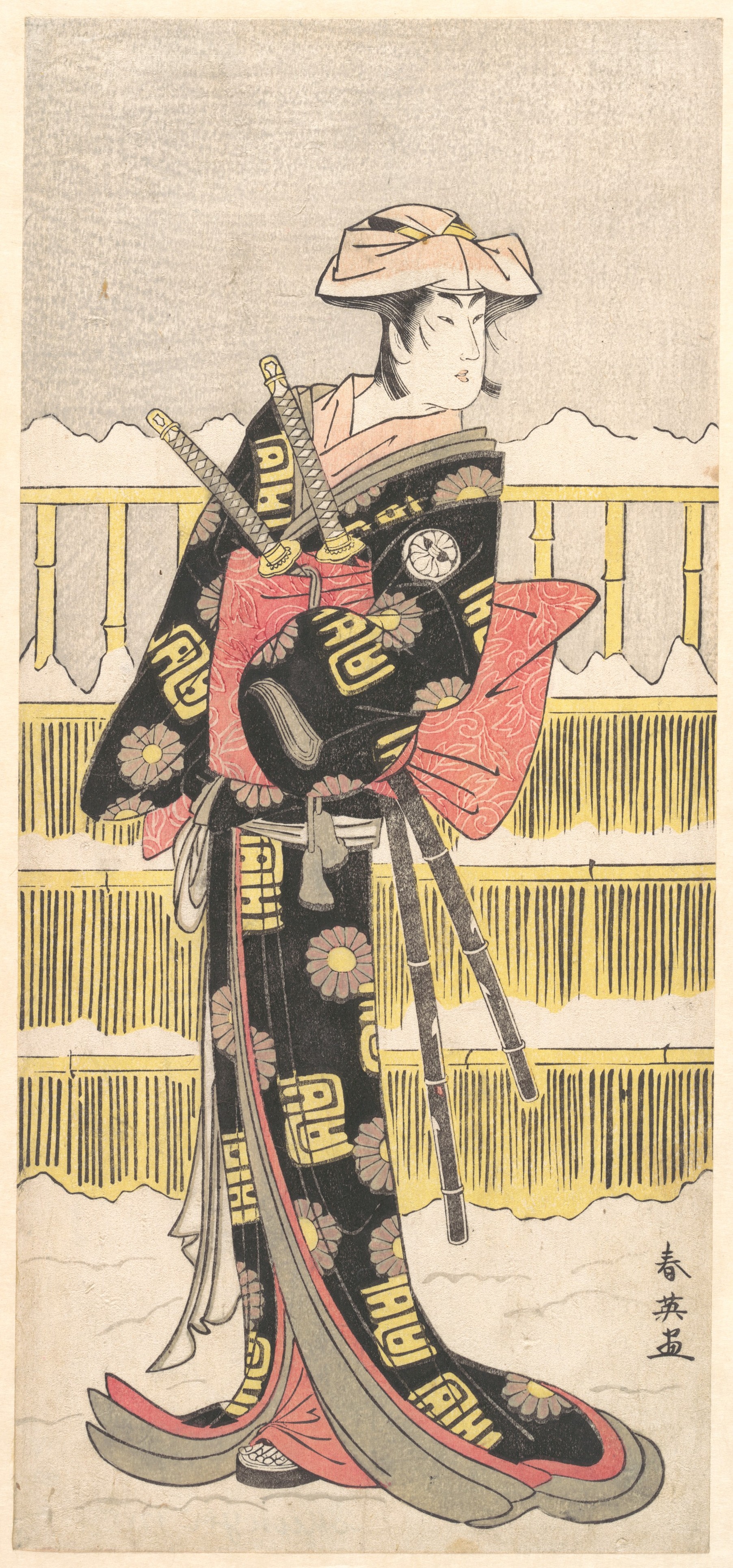
Katsukawa Shun'ei Segawa Kikunojo III as a Samurai Metropolitan Museum of Art Ukiyoe Search
Ukiyo-e [a] is a genre of Japanese art that flourished from the 17th through 19th centuries. Its artists produced woodblock prints and paintings of such subjects as female beauties; kabuki actors and sumo wrestlers; scenes from history and folk tales; travel scenes and landscapes; flora and fauna; and erotica.

UKIYO E........WADA YOSHIMORI...1147...1213.....SAMURAI PERIOD KAMAKURA.....BY UTAGAWA
Musha-e, originating from the Japanese term for "images of warriors," constitutes a distinct genre within ukiyo-e, which refers to a myriad of Japanese print styles. This genre specifically portrays warriors and samurai from Japan's historical narratives and legends. Traditional musha-e typically feature depictions of warriors spanning.

Ukiyoe samurai Japanese woodblock printing, Samurai art, Japanese prints
Shuntei Katsukawa 1770-1820 Auction ending in 1 day, 19 hours, 57 minutes and 41 seconds. Pictures of Samurai have been a favorite subject on Ukiyo-e. This page showcases a number of fine Ukiyo-e (Japanese prints) with captivating images of samurai warriors.
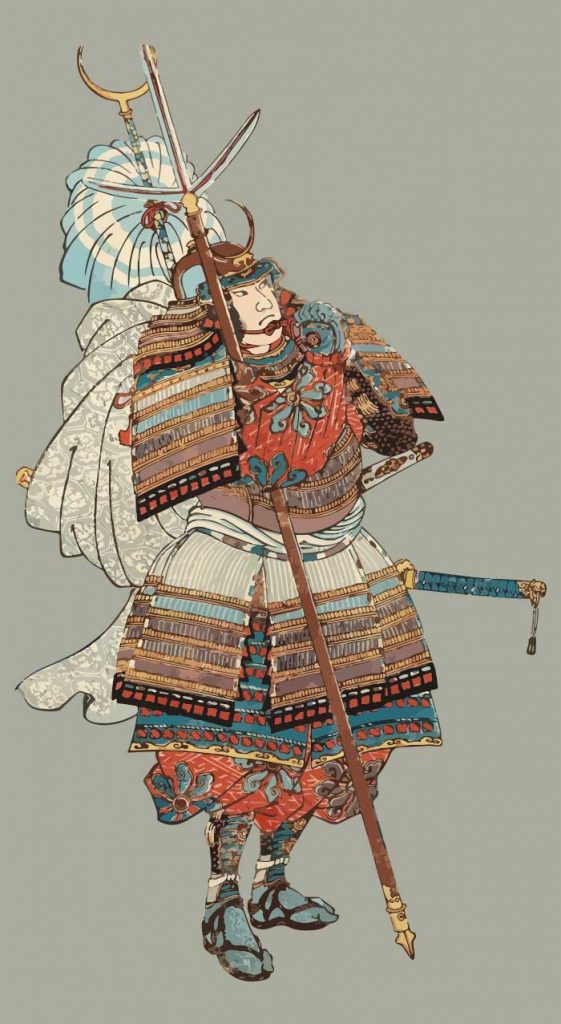
Toyotomi Hideyoshi Samurai / Ukiyoe by Utagawa Kuniyoshi ai illustrator file US5.00 each
Ukiyo-e is a genre of Japanese painting and woodblock prints, comprising a number of closely related styles, which formed one of the core genres of Edo period popular art.

Ukiyoe Prints Ukiyo E Samurai by Tsukioka Yoshitoshi Japan Etsy
5 Samurai in Ukiyo-e and Japanese Art: Guardians of Tradition, Icons of Eternity. As the inked lines of ukiyo-e prints immortalized the heroic feats of samurai and ronin, they not only captured the essence of a bygone era but also forged a timeless connection between the present and the past.

Japanese Samurai Warrior Ukiyoe Print, Vintage Woodblock Art, Utagawa Kuniyoshi Japanese
The subject matter of ukiyo-e also evolved over the period. To show their loyalty to the shogun, feudal lords were required to spend one year in Edo for every year they devoted to their family domains outside. They arrived in Edo with a retinue of samurai and other attendants, creating a large itinerant community.

Samurai Japanese Ukiyoe by Utagawa Kuniyoshi ai illustrator file US5.00 each Ai & PNG File
Japanese samurai warrior woodblock prints (musha-e of ukiyo-e) Leave a Comment / Paintings, Ukiyoe-wood block printing / samurai, ukiyo-e, woodblock printings Table of Contents The heroes for the people of Edo with ukiyoe woodblock prints Okumura Masanobu (1686-1764) Utagawa Kuniyoshi (1798-1861) Ochiai/Utagawa Yoshiiku (1833-1904)

[74+] Ukiyo E Wallpaper WallpaperSafari
Tokugawa Ieyasu, the first Tokugawa shogun, chose Edo (present-day Tokyo) as Japan's new capital, and it became one of the largest cities of its time and was the site of a thriving urban culture.
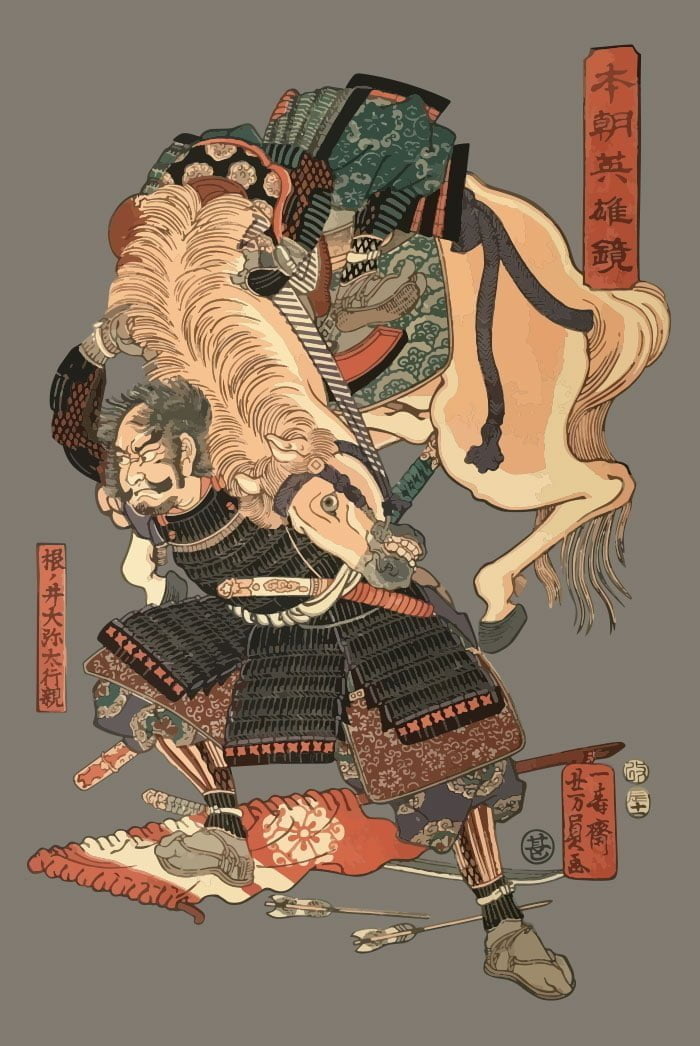
Samurai One frame of the war / Japanese Ukiyoe by Utagawa Yoshikazu ai illustrator file US
The Samurai Re-Imagined: From Ukiyo-e to Anime February 19 through August 9, 2009 The Samurai Re-Imagined explores the roots of the popular Japanese art forms of manga (graphic novels) and anime (animation) in the traditional arts of Japan by examining images of the iconic warrior, the samurai.

Utagawa Kuniyoshi Samurai Warrior Riding the Waves Ukiyoe Ronin Anti Sacred Surreal
Meisho-e depicting famous spots in Edo were snapped up as souvenirs by samurai returning to their domains after stints in the capital, and prints of scenes along the Tokaido road, the main route between Edo and Kyoto, whetted Edoites' appetites for travel, whether real or vicarious.
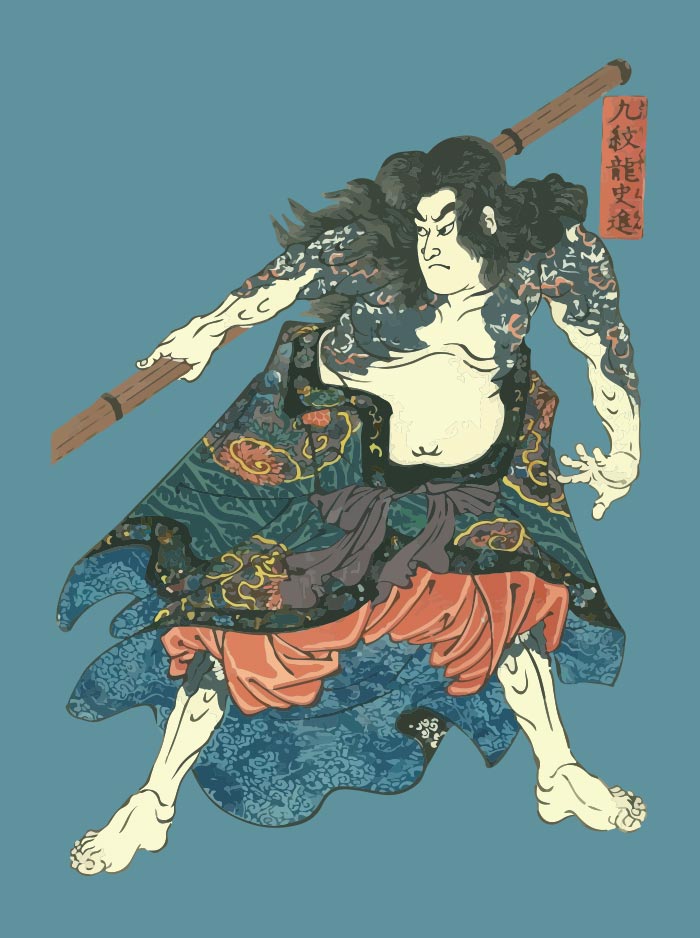
Kumonryu / Samurai Japanese Ukiyoe by Kuniyoshi Utagawa ai illustrator file US5.00 each
Ukiyo-e prints by early masters working from about 1600 to 1740 were issued in limited numbers and are extremely rare today. The Library of Congress collection contains many examples of these so-called "primitives" by early Ukiyo-e masters of the seventeenth century.. (1685-1756) and Yamatogawa Tomigorô playing the roles of a samurai and.
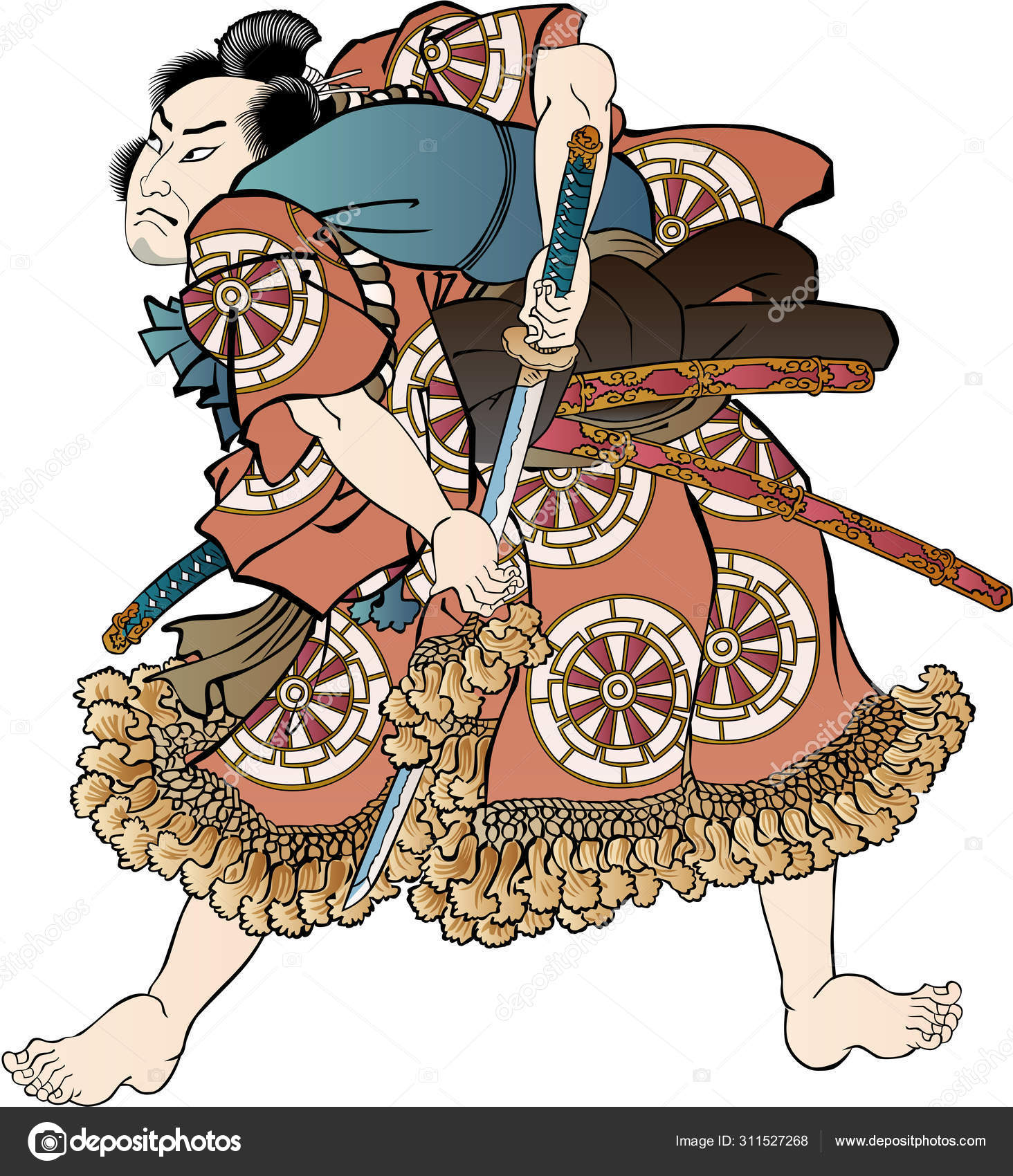
Ukiyoe Samurai 19 Stock Vector Image by ©KIMASA 311527268
The first truly multi-colored prints (called Nishiki-e, or 'brocade picture' in Japanese) appeared around 1769. An Edo artist, Suzuki Harunobu published a series of prints in which the colors were either enclosed by an outline, or formed hard edges. These prints were an instant success. Utamaro Courtesan Ukiyoe.